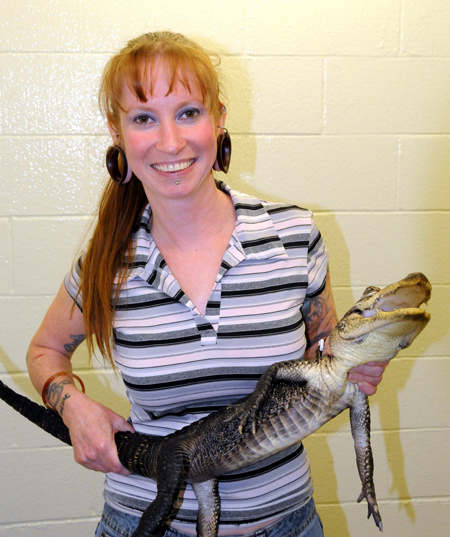Student Research
Danielle Adams
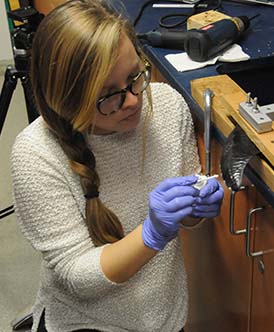
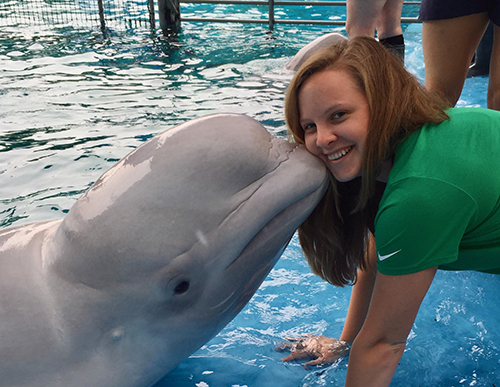
Abigail Downs
Abigail Downs is a senior, who started in the lab the summer of 2018. She is going to continue in the graduate accelerated program. This summer she is working on the kinematics of tuna.
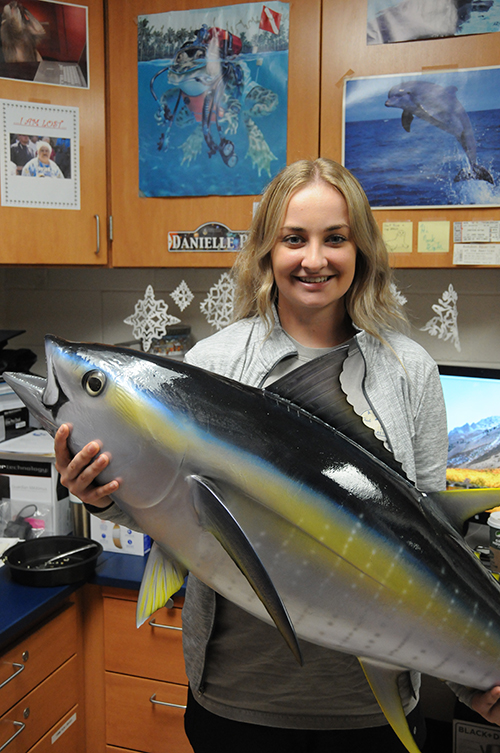
Ariel Leahy
Ariel Leahy is a graduate student, who will be researching the biomechanics of sea lions and pinnipeds.
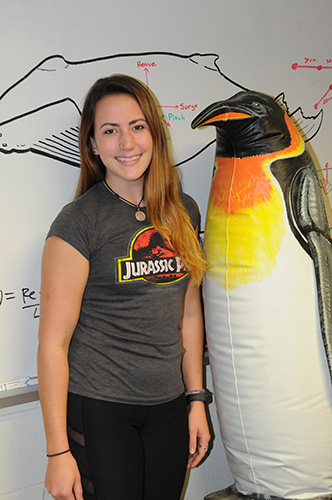
Kaitlyn Cardenas
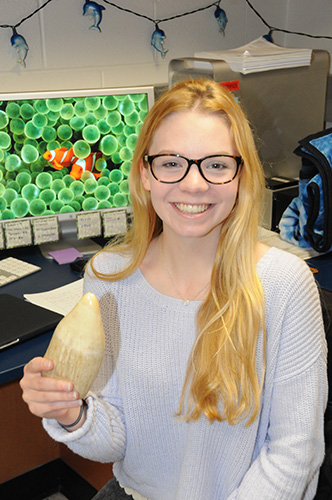
Kaitlyn Cardenas is an undergraduate research assistant in the lab. She has been collecting data on sea lion swimming and is currently working on modeling spin leaps by cetaceans of different morphologies. Her interests are toward an eventual career in dentistry, which explains the sperm whale tooth that she is holding.
Katherine (Kate) Riordan
Katherine (Kate) Riordan is an undergraduate research assistant in the lab. In the summer of 2018, she did an internship at the Scripps Institution of Oceanography, working of the structural mechanics of the legs of crabs. She is starting an independent project at WCU on locomotion of crabs.
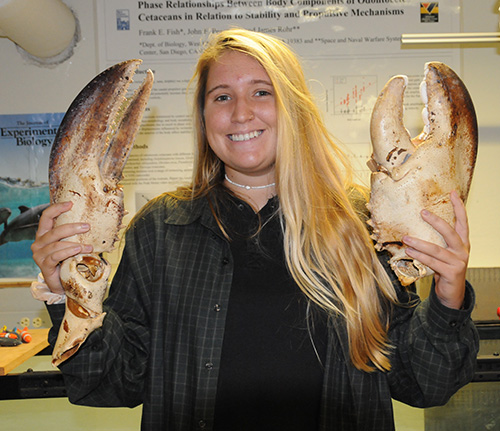
Brigid Supple
Brigid Supple is an undergraduate research assistant, who has been examining the locomotion of sea lions. She has become an expert in use of the motion analysis software Proanalyst. She is pictured here with Wally the Gator, the lab pet.
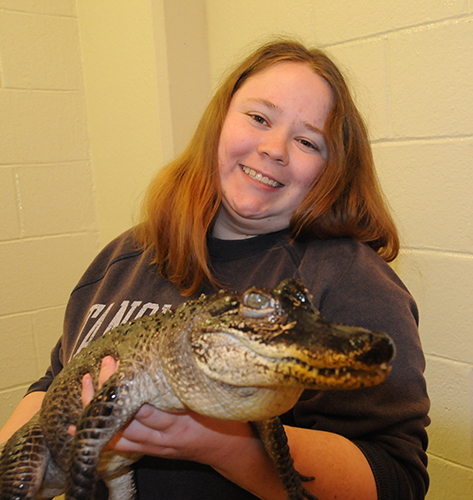
Piper Gauthier
Piper Gauthier started in the lab in 2016 and has been working on the morphological design of humpback whale flukes. During the summer, she was investigating elephant physiology in Thailand.
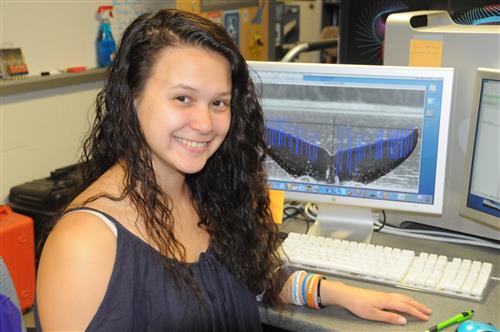
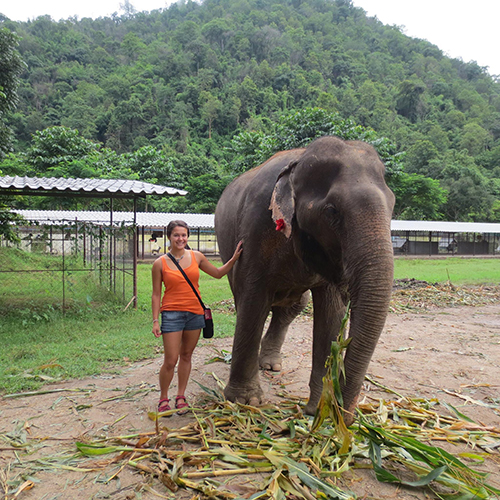
Kelsey Tennett
Kelsey Tennett joined the lab in 2014 and was a graduate student. She completed her Master's Thesis on the terrestrial locomotion of elephant seals in 2017. Later, Kelsey was employed by West Chester University in the Office of Sustainability.
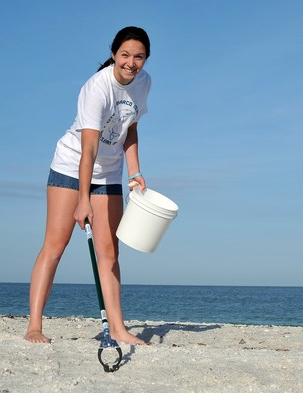
Will Gough
Will Gough graduated from Cornell University (2014) in Animal Science and was a graduate student completing his Master's Thesis on the mechanical properties of the Cetacean tail fluke. Will served as a TA at the Shoals Marine Laboratory for the Anatomy and Function of Marine Vertebrates course over the past two years. Above, Will learned that when collecting data on dolphin swimming, the animals will amuse themselves by splashing researchers who get too close to the tank. Will completed his Master's thesis in 2017 on the structure and architecture of collagen fiber in the flukes of cetaceans. He is currently working on his Ph.D. with Jeremy Goldbogen at Stanford University.
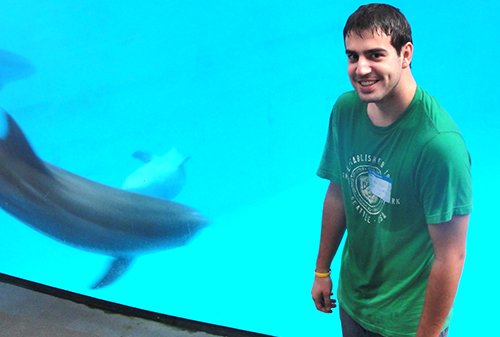
Jennifer Maresh
Jennifer Maresh analyzed the turning maneuvers of bottlenose dolphins (Tursiops truncatus) foraging on fish in Sarasota Bay, Florida. The worked was performed in cooperation with Douglas Nowacek of Florida State University, and Stephanie Nowacek and Randall Wells of the Mote Marine Laboratory. The foraging movements of the dolphins were videotaped from overhead using a remotely-controlled camera suspended from a helium-filled aerostat, which was tethered to an observation vessel. Dolphins could capture fish by moving the rostrum through small radius turns (mean- 0.20 body lengths; maximum- 0.08 body lengths) at a mean rate of turn of 561.6 deg/sec (maximum- 1,372.0 deg/sec). During the maneuver, dolphins rolled 90 degrees onto their side and flexed the body ventrally.
Maresh, J. L., Fish, F. E., Nowacek, D. P. and Nowacek, S. M. 2004. High performance turning capabilities during foraging by bottlenose dolphins. Marine Mammal Science 20(3): 498-509. pdf
After finishing her degree at WCU, Jennifer went on to Duke University for her master's and then to a Ph.D program at the University of California Santa Cruz, working on marine
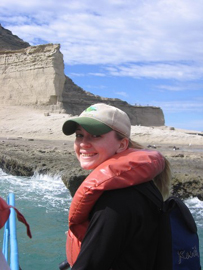
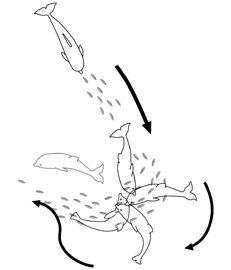
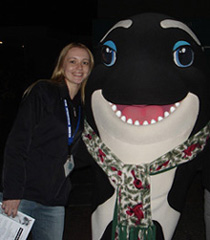
Jill Hammill
Jill Hammill (2013) was a graduate student, who was working on the morphology of the flippers of harbor seals. Above she is shown holding Wally the lab alligator.
